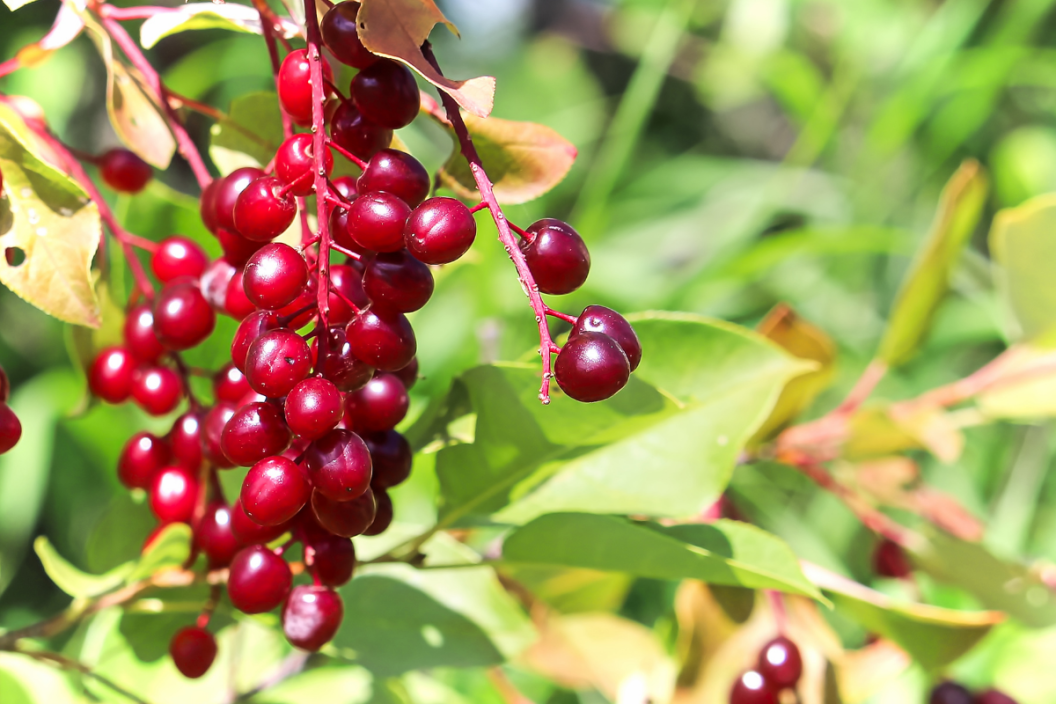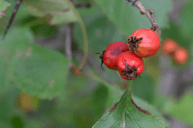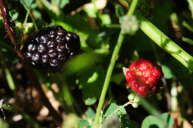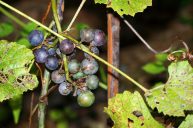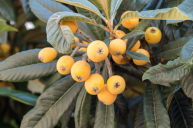Chokecherry is the common name of the tree Prunus virginiana, which is a large deciduous shrub in the rose family (Rosaceae) and it grows in abundance in North America as a native plant. Common chokecherry trees have dense clusters of white flowers in late spring that ripen into delicious red berries around 1cm wide in late summer. In fact, they're relatives of the black cherry, but most of these berries are not palatable to humans until fully ripe. Wild chokecherry is loved by birds, which is how it spread so far and wide as they delighted in eating up the berries and spreading the seeds.
Videos by Wide Open Country
Some chokecherry cultivars also in the prunus species such as Aronia Melanocarpa or Black Chokeberry have a berry that is much more palatable when fully ripe to humans. They taste like mild cherries, and with the addition of sugar, are often used in jam, syrups, fruit pies, and even wine and liquor. However, despite its yummy fruit, they also have some downsides.
They are often called the bane of farmers, as these trees harbor pests like tent caterpillars which can migrate to other fruit trees and destroy crops. Their wilting leaves also produce large amounts of hydrocyanic acid, which gives them a sweet flavor that can attract horses and sometimes poison livestock if they eat too much. The leaves, bark, and flowers are poisonous to humans and pets, so take care when growing them in your yard. However, the ripe berries are completely edible and delicious.
How to Forage Chokecherry
Disclaimer: Never eat wild edible plants, weeds, and herbs until you have properly identified them. The responsibility is up to the reader to research the identity of the wild food.
Chokecherries are a great choice when foraging, as they are very common and you can forage the berries in abundance once you learn how to identify them. They produce large fruit clusters and grow wild on small tree-like shrubs, often along the edges of woods and roadsides. They need full sun to grow, so they are easier to spot. They can also grow in part-shade, such as at the edges of woods or thickets. They ripen in the South around mid-August to early September and are a dark red to purple color when they are ripe. However, they're easier to spot when they're bright red and underripe, so take note of where you see them before they're ready to be picked in a few weeks!
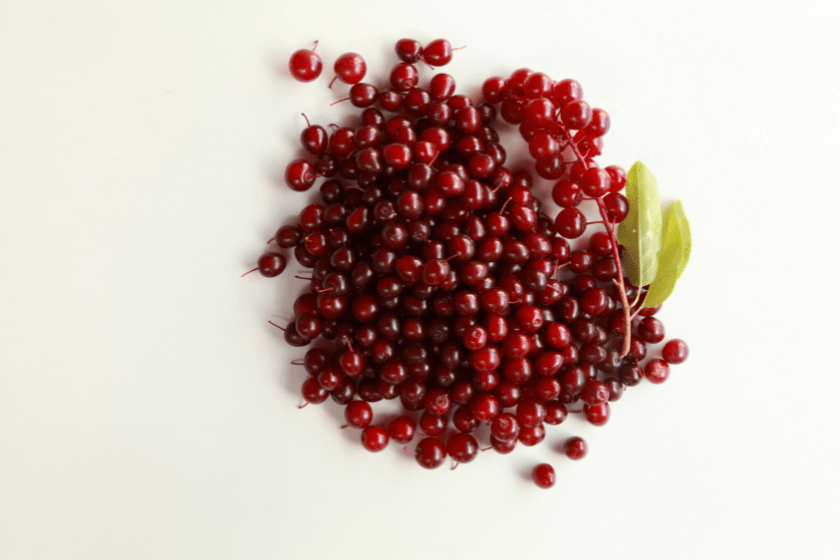
Chokecherries have a single large seed and grow in clusters. Common Buckthorn is its only toxic look-alike, so be sure you know the difference before you go foraging. However, Buckthorn fruit does not grow in clusters and has thorns while the chokecherry bush does not. Invasive honeysuckle also has bright red fruits that ripen at the same time, but they don't grow in clusters like the chokecherry.
How To Use Foraged Chokecherries and Make Jam
Some chokecherries have a slightly astringent quality, and it's worth trying to wait for them to ripen fully, even if you will be fighting the raccoons and bears for the berries. Chokecherries are a great choice for making foraged jam, as they have high levels of pectin naturally.
To make chokecherry jam, gather enough berries to make about 4 cups of juice (around 5 pounds of berries). Remove all the stems, leaves, and debris, and wash your berries. The berries need to be pitted, as the seeds contain cyanide that is released when cooked. Once your fruit is prepped and pitted, place them in a saucepan with one cup of water and bring it to a simmer. Cook on low, stirring and mashing occasionally, for about 20-30 minutes until the juices are released. Strain the juices and allow them to drip for 2 hours or even overnight for the best yield.
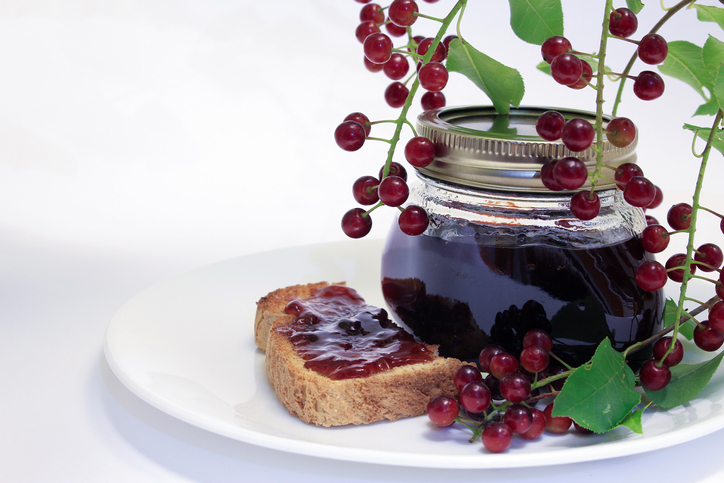
Getty Images
Once you have as much juice as you can get out of the berries, add them to a pot and add half as much sugar to juice ratio, or as much to your personal taste. I like to add lemon juice for the flavor, but it's not necessary as with some other jams, as chokecherries are acidic enough to be safely canned. Lemon juice also has the added benefit of adding pectin, so commercial pectin isn't needed and won't affect the flavor.
Bring the mixture to a boil on the stove, and stir frequently. Cook it until it reaches the gel stage, about 15 minutes, and pour into mason jars. You can then let it cool and keep it as refrigerator jelly, or put it in a water bath to can it. Try chokecherry jam in late summer, and make some for your friends - it's a unique flavor that you can't find anywhere else.
